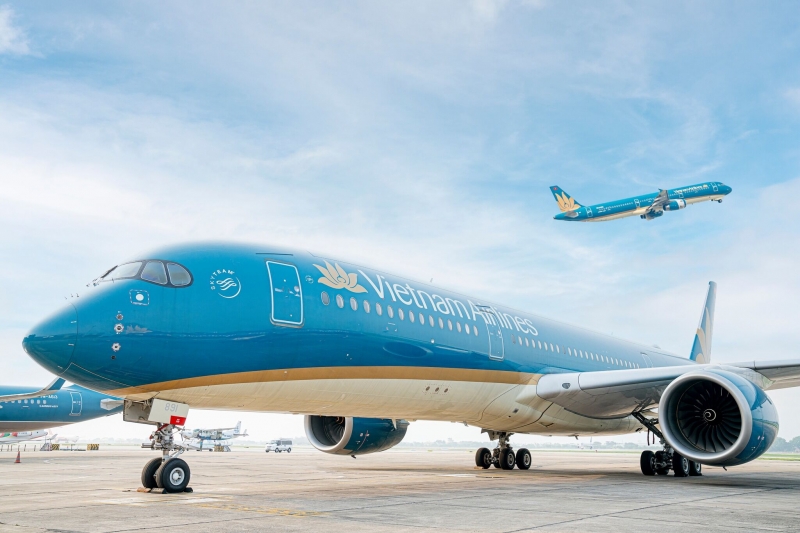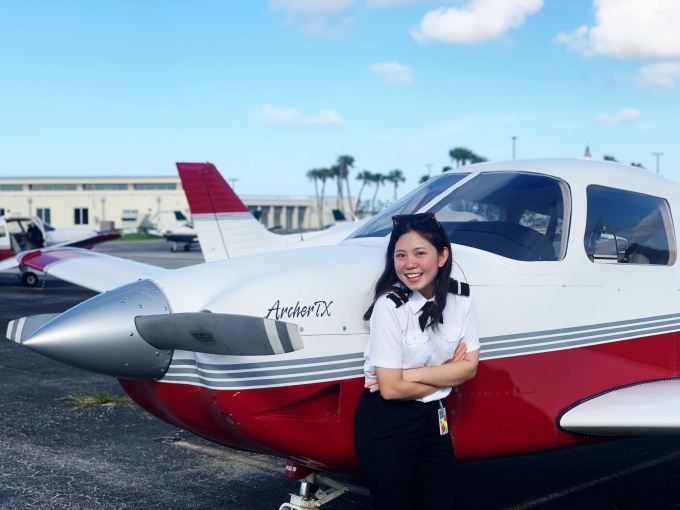If you’re in Florida, then you know that we rarely see snow or ice, and a major snow event is virtually unheard of. But when you consider the impact that a snowstorm has on aviation, even people in Florida can be affected by a major snowstorm, especially pilots, whose travels often take them toward colder weather.
Snowstorms most commonly result in airline delays for a variety of reasons, but it’s not just falling snow that causes problems for airplanes. There are many different winter weather problems that pilots face. Here are a few of them.
SNOWSTORMS
Snowstorms and blizzard conditions
cause reduced visibility both in the air and on the ground, but pilots can usually work around that, at least in the air.
More hazardous is the reduced braking action that snow and ice causes on runways, taxiways and ramps. Slippery runways are a factor in many aircraft mishaps and accidents during the winter months. Braking action can be severely reduced with even a dusting of snow, and ice can show up on runways when you least expect it, making it difficult for pilots to safely land the airplane.
FREEZING TEMPERATURE
Cold weather is tough on aircraft engines and systems, making it necessary for pilots to preheat the aircraft engines before taking off.
Temperatures below freezing can also mean that airframe and induction icing can occur. Airframe icing is very hazardous to aircraft, as it increases drag and decreases lift, often to the point where an aircraft will be completely unable to generate the required amount of lift for flight. And induction icing can mean decreased thrust or power output, or complete engine failure.
SNOW
Falling snow, mist and fog reduces visibility on the ground and in the air, which IFR pilots can handle – up to a certain level. But even the most experience IFR-rated pilots are limited sometimes by their aircraft’s equipment in low visibility conditions.
An aircraft that is WAAS-certified GPS, for example, can maneuver the aircraft on an approach to land during worse weather conditions than a non-WAAS aircraft could. And an airplane with an auto-land system, such as is found in some airliners, can potentially land in our whiteout conditions. But for the most part, those of us that are flying around out there adhere to higher weather minimums applicable to both our level of skill and the aircraft’s equipment. And for most of us, this means avoiding flights in low fog or blizzard conditions.
RAIN
Freezing rain is perhaps the most hazardous of the wintry weather conditions. It can cause rapid ice buildup on the aircraft itself, and will quickly lead to runway closures due to rapid ice
With all of these hazardous winter weather conditions, it’s easy to see how air traffic delays accumulate so quickly, and it’s easy to see why pilots must exercise extreme caution and solid decision-making skills when these conditions are present.
Author
Erica Martin
 English
English
 Korea
Korea







